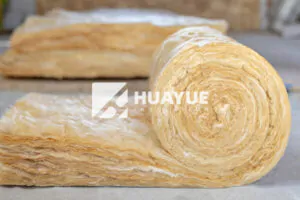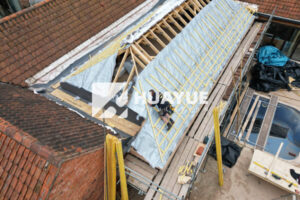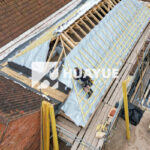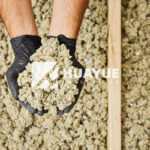Why Is Fiberglass a Good Insulation?
If your building project needs reliable thermal protection, nothing wastes time or energy more than confusing insulation choices.
Fiberglass is a top insulation material because it resists heat flow, lowers energy bills, and is widely available for walls, roofs, and HVAC systems.
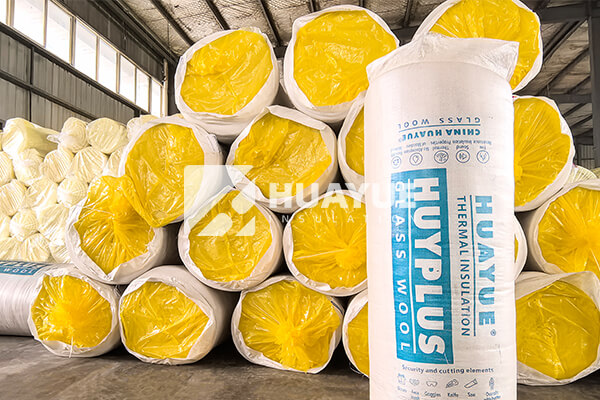
When I mention fiberglass, many people picture soft, yellow batt sheets tucked into walls or attics—but it is much more than that. This material has kept factories, homes, and even liquid gas storage safe and efficient for decades. I often recommend fiberglass to customers who want a powerful, budget-friendly solution. Let’s break down why it performs so well.
What Are the Pros and Cons of Fiberglass Insulation?
Finding the right insulation isn’t just about blocking heat. It’s about safety, cost, and how long the upgrade will last.
Fiberglass is favored for its cost, fire resistance, and easy installation, but it can lose performance if poorly installed and may irritate skin during handling.
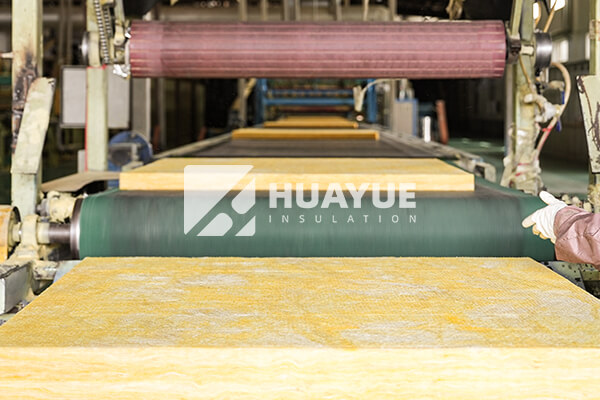
If you’re weighing whether fiberglass is a good fit, you need to look at both sides. I’ve gathered a simple table based on what I’ve seen working with different clients:
| Pros | Cons |
|---|---|
| Affordable and widely used | Less effective when compressed or wet |
| Good fire resistance | Can irritate skin and lungs on contact |
| Doesn’t absorb water easily | Lower recycled content than some options |
| Lasts many years if installed right | Not ideal for exposed, wet conditions |
Glass wool makes sense in many jobs, especially in dry climate-controlled areas. It’s the material many engineers trust for industrial tanks because, unlike organic fiber options, it won’t catch fire easily. Still, any insulation must fit the task. If glass wool is compressed, gaps appear, and cold or hot air can sneak in. In my projects, I always remind teams to use proper personal protective gear when installing fiberglass—no shortcuts on site safety.
What Are Three Advantages of Fiberglass?
The best insulation materials keep your space comfortable and your costs down.
Fiberglass insulation remains popular because it is cost-effective, fire-resistant, and offers strong thermal performance for residential and industrial uses.
Here’s what stands out whenever I recommend glass wool:
| Advantage | Why It Matters | Example Use |
|---|---|---|
| Cost Savings | Material & install cost is low | Home retrofits, tank upgrades |
| Fire Safety | Non-combustible, meets code | Industrial tanks, boiler rooms |
| Thermal Efficiency | Resists heat flow very effectively | Attics, pipes, cold storage |
Fiberglass uses millions of thin glass fibers to trap air. This slows the transfer of heat between the inside and outside. That means your heating or cooling system works less, and your energy bills drop. Fiberglass also stays stable in fire. It doesn’t fuel flames, which boosts the safety of chemical plants or large warehouses. I’ve worked with industrial clients who need to meet strict codes, and fiberglass comes with solid certifications and easy documentation. Finally, it’s affordable to buy and easy to work with, which helps projects finish on time and saves money up front.
What Is the Biggest Problem With Fiberglass Insulation?
The best insulation only works if it stays dry and keeps its shape.
The biggest problem with fiberglass insulation is that its performance drops sharply if it gets wet, compressed, or not installed carefully.

In my years in building materials, the number one headache with fiberglass is water. When glass wool insulation gets wet, it loses its ability to trap air. Wet fibers slump and cold spots appear. This is a huge risk in tanks storing cold chemicals or buildings with roof leaks. Once water soaks in, it’s hard to fully dry out, and you may need to replace entire sections. Poor installation causes similar trouble. Compressing the batts or leaving gaps can almost cut performance in half. I always tell partners to double-check for roof leaks and always install vapor barriers or seal edges well.
Here’s a simple breakdown:
| Challenge | Impact | Preventive Action |
|---|---|---|
| Water absorption | Loss of thermal resistance, mold | Use vapor barriers, regular checks |
| Compression | Lower R-value, cold spots | Install carefully, avoid squashing |
| Gaps/poor fit | Inefficient insulation, higher costs | Train staff, use templates |
Sticking to these install basics is what keeps fiberglass performing at its best for decades.
What Is the Healthiest Insulation for a House?
People want insulation that protects their health as much as their building.
Fiberglass is safe if installed correctly, but natural and formaldehyde-free materials, like cellulose or certain cotton-based options, can be healthier for long-term indoor air quality.
I always get questions about what insulation is healthiest. Fiberglass is made from sand and glass, which are safe materials, but glass fiber particles and some resins can cause irritation during installment. Modern fiberglass often uses fewer harmful binders, but it’s key to seal up loose particles and keep living spaces clean after work is done. For families with allergies or respiratory concerns, cellulose from recycled paper or mineral wool can be a better fit. Both have low emissions and good fire resistance. Formaldehyde-free fiberglass is also available from leading brands and is often used in hospitals or schools. Each choice comes with its strengths, but proper installation is always the most important factor for a safe, healthy home.
Here’s a simple list of healthy insulation choices:
| Material | Pros | Cons |
|---|---|---|
| Fiberglass | Non-combustible, widely tested | Handles/clear up dust |
| Cellulose | Fully recycled, low irritation | Needs fire/bug treatment |
| Mineral wool | Resists fire, mold, pests | Heavier, higher cost |
| Cotton batts | Natural, low irritation | More costly, not fireproof |
For every product, good ventilation and a careful, clean installation make all the difference.
Conclusion
Fiberglass insulation stands out for its price, fire safety, and stable performance, but good installation and fit are the keys to long-term results.
You may also be interested in:
Ready to Get Started?
Get in touch with our experts for personalized solutions tailored to your needs.
Get Free QuoteLatest Articles
Let's Work Together
Ready to take your business to the next level? Get in touch with our team of experts and let's discuss how we can help you achieve your goals.
Get Free Solutions
